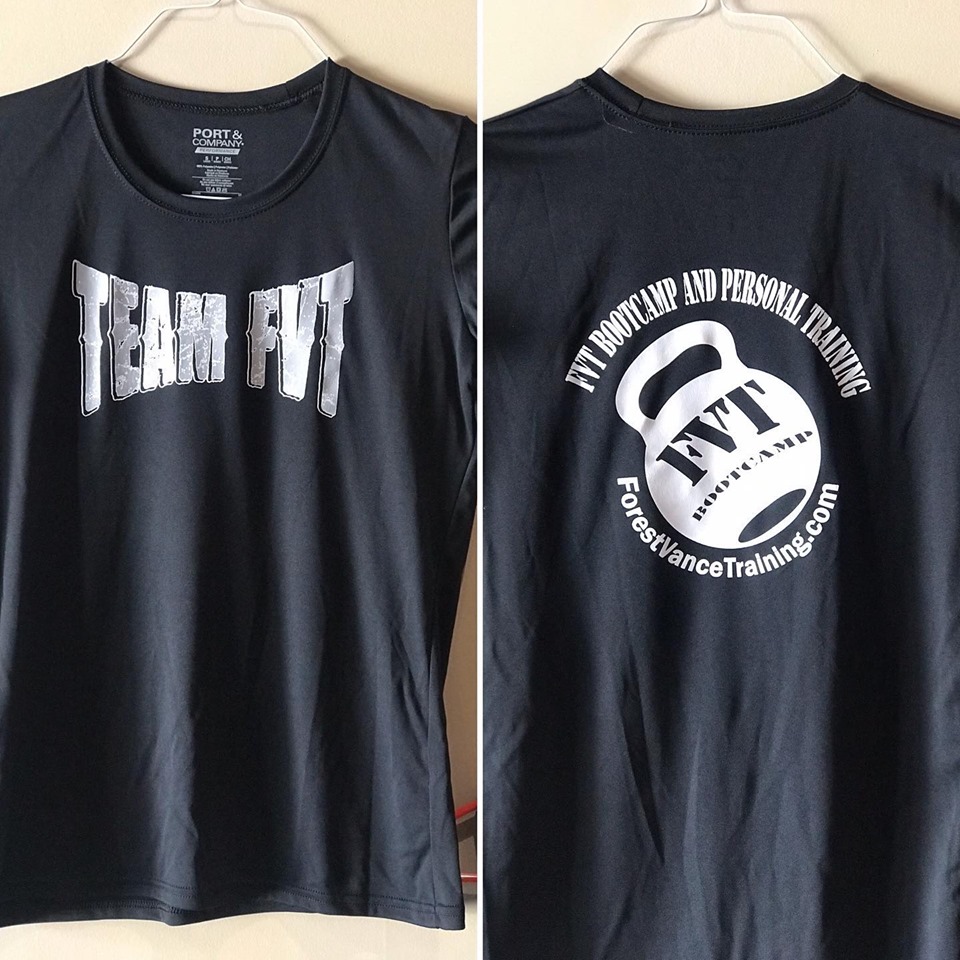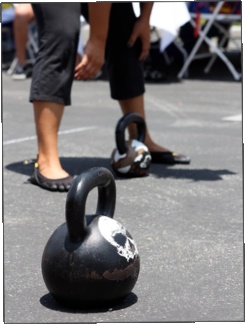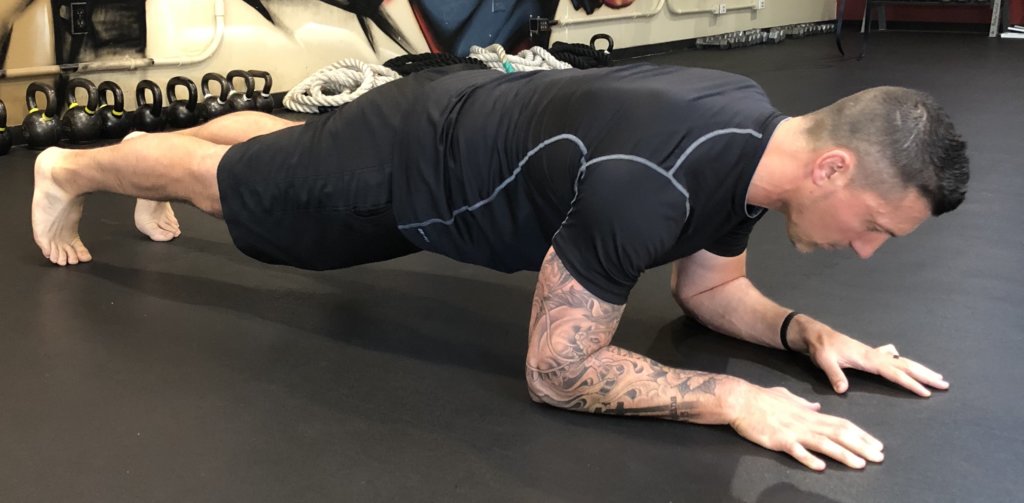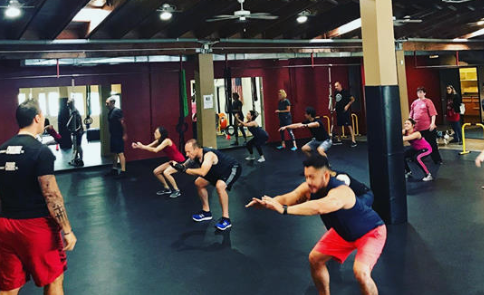
I shared in an article yesterday about how I trained hard all year for the Spartan Ultra Beast in Lake Tahoe last weekend.
I completed about 10 miles, then tore my pec going over a wall, and was knocked out of the race.
It’s disappointing, but I am going to focus on staying positive, staying fit how I can, and coming back stronger in the future.
I thought as a follow up, I’d share what a workout might look like if you’re modifying it for / working around an injury.
Now obviously, different people are working with different limitations.
So this workout isn’t so much for you to actually do as written, but more as an example of how you most certainly can tweak a workout – with expert guidance – and still get a great session in.
A huge mistake I see people make is, they get injured, and they just STOP.
They do nothing.
They get in their head and figure all hope is lost. Or maybe it’s an excuse to do nothing. Or who knows what other reasons they have.
Bottom line is, I believe that in the majority of cases, that is a huge mistake.
Because most of the time, you CAN keep training. You just need to modify your workouts to work around the injured area, kind of like this:
#
Total Body Strength + Met-Con Workout
*modifed for injured left shoulder
WARM UP
bodyweight squats – 10
single-arm inverted rows – 10
box step ups – 5 per leg
single-arm push ups, high incline – 5
2 rounds, minimal rest
PAIR 1
barbell RDL – 5
single-arm DB bench press – 10
3 rounds, rest 30 seconds between exercises and 60 seconds between rounds
PAIR 2
box step ups – 10 per leg
single-arm KB clean and press – 5
3 rounds, rest 30 seconds between exercises and 60 seconds between rounds
FINISHER
intervals on stationary bike
:60 hard (8/10 intensity level)
:60 easy (4/10 intensity level)
do 8 rounds total
#
There you have a total body strength / metabolic conditioning workout, modified for an injured left shoulder.
Again – I wouldn’t suggest you necessarily do today’s workout exactly as written, unless you have the exact same injury and are in the exact same stage of recovery as I am – which is unlikely.
It’s more to show that, hey – you CAN and SHOULD work around injuries.
But be sure to do it in an intelligent and safe way.
If you need help with this, click here to contact us.
To your continued success! –
-Forest and the FVT Team






